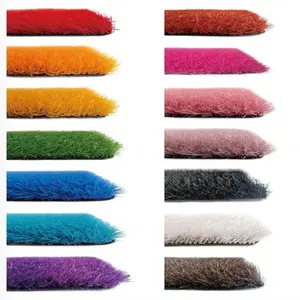
Hot Sale Fluffy Small White Pampas Grass Bouquets Boho Style Home Decor Dried Flowers Reed Plume Luxuriant Pampas Grass



Hot Sale Dried Flower Bouquet Wheat Golden Ball Octagonal Bunny Rabbit Tail Grass Lovegrass Pampas Grass For Home Wedding Decor


























Grass for sale typically refers to the sale of grass sod or turf, which is used for landscaping and lawn installation purposes. Grass for sale is often sold in the form of sod or turf, which consists of grass and a layer of soil held together by roots.
The following are several common types of grass for sale. Bermuda grass for sale is a warm-season grass that thrives in hot climates. It is known for its excellent heat and drought tolerance, which makes it a popular choice for lawns in southern regions. Bermuda grass has a fine texture and spreads quickly, making it ideal for high-traffic areas. Kentucky bluegrass for sale is a cool-season grass that is commonly found in northern regions. It has a lush, dense appearance and is known for its excellent cold tolerance. Kentucky bluegrass requires regular watering and performs best in areas with moderate temperatures and adequate sunlight.
Fescue grass for sale is a cool-season grass that is suitable for a wide range of climates. It is known for its shade tolerance and ability to withstand drought conditions. Zoysia grass for sale is a warm-season grass that is highly adaptable and can tolerate a variety of soil conditions. It forms a dense, carpet-like lawn and has good heat and drought tolerance. Zoysia grass requires less mowing and watering compared to other grass types, making it a low-maintenance option. Pampas grass for sale is a tall, ornamental grass for sale known for its large and feathery plumes and attractive appearance.
First, proper watering is essential for the establishment and growth of grass. Newly installed sod or seeded areas should be watered adequately to keep the soil moist but not waterlogged. Water deeply and infrequently, allowing the water to penetrate the root zone. As the grass becomes established, adjust the watering frequency based on the specific grass type and weather conditions. Second, regular mowing helps maintain the health and appearance of the grass. Set the mower to the appropriate height for the specific grass type. Regular mowing encourages denser growth and helps control weeds. Third, grass requires proper nutrients to stay healthy and green. Fertilize the lawn based on the specific needs of the grass type and soil conditions. Use a balanced fertilizer or one formulated for the specific grass type.
In addition, regular mowing at the appropriate height can also help prevent weed growth. The aerating involves creating small holes in the soil to improve air circulation, water absorption, and nutrient penetration. Keep an eye out for pests, such as insects or rodents, and signs of diseases that can damage the grass.